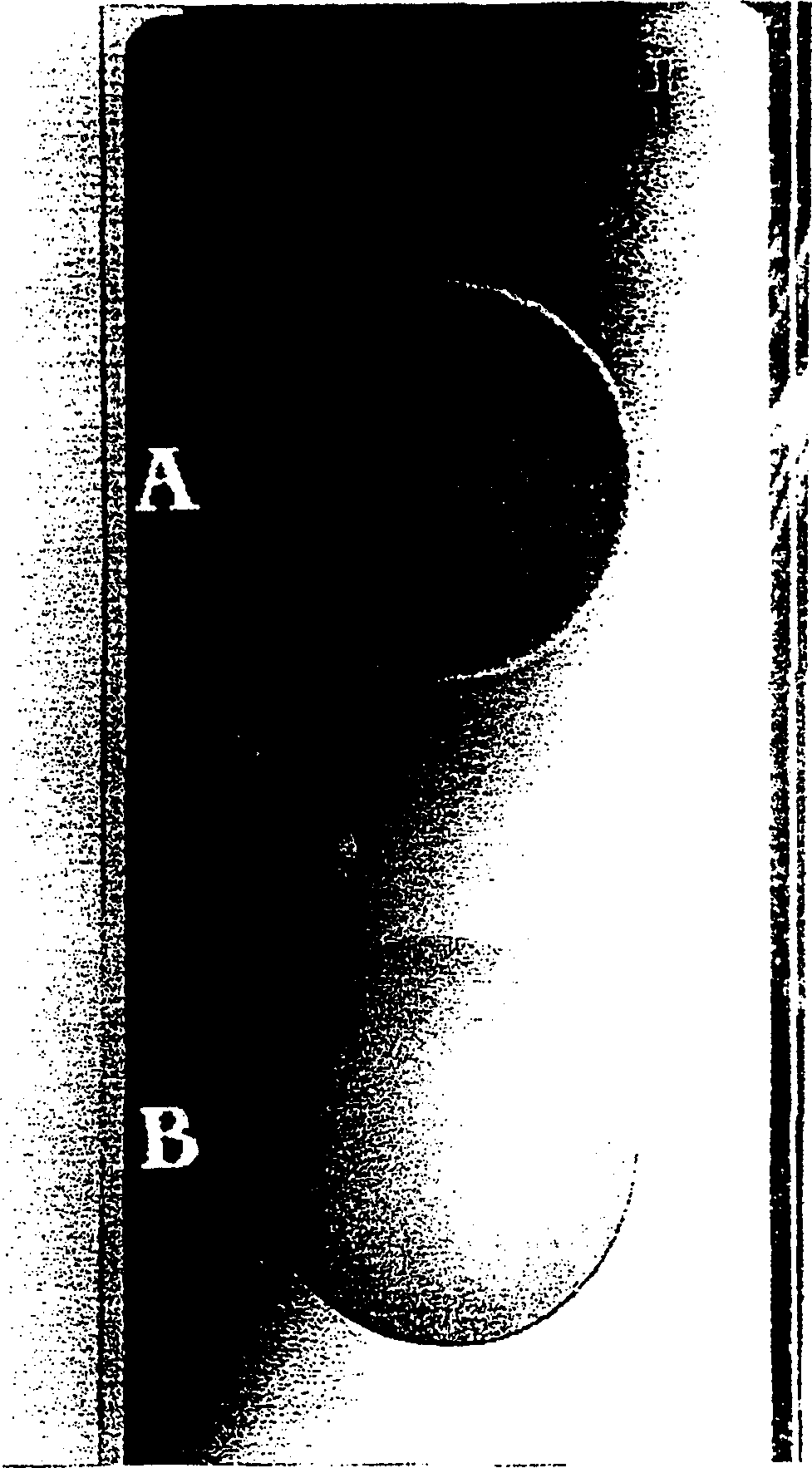Method for identifying i(mycobacterium) species and diagnosing reagent kit therefor
A technology for mycobacteria and mycobacterial antigens, which can be used in biochemical equipment and methods, analytical materials, and microbial determination/inspection, etc., and can solve problems such as the specificity of protein antigens.
- Summary
- Abstract
- Description
- Claims
- Application Information
AI Technical Summary
Problems solved by technology
Method used
Image
Examples
Embodiment
[0034] Preparation of KP90 / KS90
[0035] KP90 is prepared with starting materials derived from crude mycobacterial substance, as described in WO-A-94 / 14069 (the content of this invention is incorporated herein by reference). The starting material prepared with 1 gram of freeze-dried bacteria was centrifuged at 90,000×g at 4°C for 2 hours. The pellet was washed twice with PBS. Between washing steps, the samples were sonicated on ice for 6×30 seconds with 10 seconds interruption each time, and then centrifuged at 90,000×g, 4°C for 2 hours. Collect the pellet and resuspend it in 10 ml of 0.05M Tris buffer (TBS) pH 7.4. The supernatant designated as KS90 can be used as an antigen. The precipitate was sonicated on ice for 6×15 seconds, with 10 seconds interruption each time. This formulation is designated the term KP90. After determining the protein concentration, 1.7 ml was lyophilized at a concentration of 1 mg / ml (dissolved in 25mMTBS / 50% glycerol) and stored at -20°C. The following...
PUM
 Login to View More
Login to View More Abstract
Description
Claims
Application Information
 Login to View More
Login to View More - R&D
- Intellectual Property
- Life Sciences
- Materials
- Tech Scout
- Unparalleled Data Quality
- Higher Quality Content
- 60% Fewer Hallucinations
Browse by: Latest US Patents, China's latest patents, Technical Efficacy Thesaurus, Application Domain, Technology Topic, Popular Technical Reports.
© 2025 PatSnap. All rights reserved.Legal|Privacy policy|Modern Slavery Act Transparency Statement|Sitemap|About US| Contact US: help@patsnap.com

